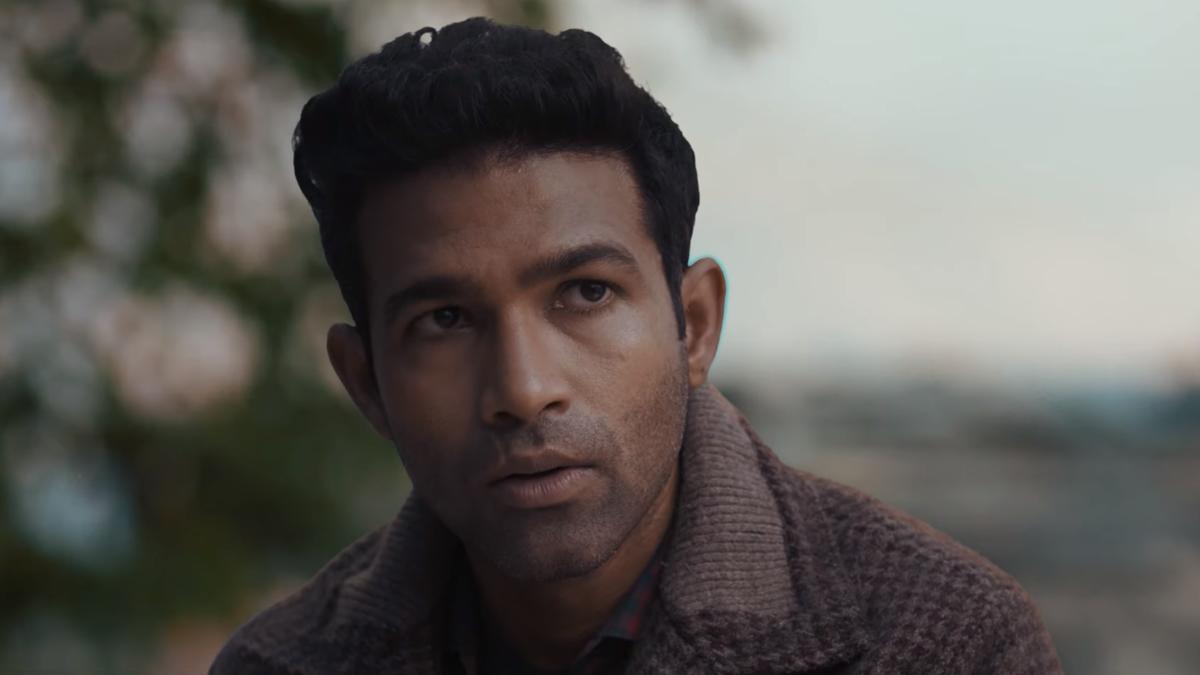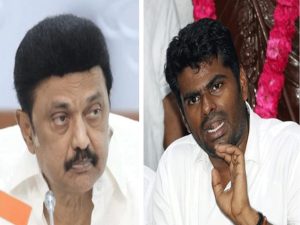
Our society has yet to fully grasp the unfortunate reality that sexual exploitation transcends gender boundaries. This deeply entrenched ignorance explains why mainstream cinema either neglects the sexual manipulation of boys or trivializes it as a comedic device. However, there is a refreshing change on the horizon with the indie film “Pushtaini,” a small yet potent cinematic endeavor that courageously tackles this issue with a nuanced and gripping narrative.
“Pushtaini” opens within the film industry’s cloak-and-dagger world, featuring Aryan Shaw (Vinod Rawat), a struggling actor trapped on a casting couch and struggling with his lines. Aryan’s discomfort is palpable as he attempts to conceal his mountain boy origins under the mask of a manufactured urban persona. As the narrative unfolds, viewers learn that this film set is intricately woven into Aryan’s own life story, with the casting couch being more than just a prop; it is a significant part of his painful journey into the industry.
Bhuppi, Aryan’s alter-ego, has been coerced into the ‘casting couch’—a grim euphemism for the sexual favors required in exchange for work. A line producer holds a video that threatens to derail Bhuppi’s career, but this blackmail also ignites a simmering rage within him. This emotional turmoil unexpectedly brings out the raw, untamed talent that his on-screen character could not previously summon. Rajkumar Rao, who plays the heroic lead in the movie within the movie, advises Aryan to channel this inner fire, yet until this moment, Aryan and Bhuppi existed as two fragmented identities.
Yearning to escape this suffocating dungeon of exploitation, Bhuppi retreats to his ancestral land in Uttarakhand. The breathtaking vistas serve as more than just a scenic backdrop; they open deep-seated wounds in Bhuppi’s psyche. This return home aptly illuminates the film’s title, “Pushtaini,” meaning ancestral, and it gradually discloses Bhuppi’s unresolved ‘daddy issues.’ These emotional fissures run deeper than any cinematic portrayal we’ve seen recently, even surpassing those in films like “Animal.”
Within this labyrinth of familial expectations and personal demons, we meet Bhuppi’s sister, who resents him for allegedly dishonoring the family, and an aunt who blames him for his father’s untimely death. A critical piece of his father’s will is held by Yashpal (Mithilesh Pandey), his father’s employer, whom Bhuppi fears confronting due to an unresolved trauma from his childhood. This clash of familial and personal tensions creates a tapestry of emotional complexity, where the soundscape and landscape become integral to the storytelling.
On this harrowing quest for self-discovery, Bhuppi encounters Dimple, a life coach played by Rita Heer.
. She is simultaneously battling her own childhood traumas and seeking answers. Together, Bhuppi and Dimple traverse this rugged emotional terrain—Bhuppi avoids intoxicants to maintain his protective layers, whereas Dimple resorts to weed and vodka to stave off the relentless pull of her issues and the intimidating landscape.
Injecting the film with moments of levity and humor is Hemant (Hemant Pandey), a taxi driver and Bhuppi’s childhood friend. Hemant typifies the small-town male mentality, often judging women based on their culinary and lifestyle choices. His character adds a layer of cultural critique to the narrative, illustrating the ingrained stereotypes that pervade Indian society.
Vinod Rawat not only brings a quiet intensity to his portrayal of Bhuppi/Aryan but also takes up the roles of director, producer, and co-writer for “Pushtaini.” Through Bhuppi’s journey, Rawat adeptly addresses broader issues of unemployment, migration, and economic hardship in the mountainous regions without resorting to dramatic exposé. These elements, presented without spectacle, show how people on the fringes are vulnerable to various forms of exploitation.
Much like the ancestral property he inherits, Bhuppi’s traumas are “Pushtaini.” The film explores this generational cycle of sexual exploitation, highlighting how those on the margins have historically faced and concealed their sufferings. This sense of inevitable suffering is poignantly depicted in Rawat’s narrative, portraying a stoic acceptance that transcends time and place. In doing so, “Pushtaini” dismantles the audience’s preconceived notions and forces a reevaluation of stigmas surrounding male sexual exploitation.
Technically, “Pushtaini” often feels like an intimate, personal student film. Its heart beats with authenticity, though some structural and performance elements remain rough around the edges. At times, this rawness amplifies the film’s emotional impact, though occasionally, the use of overt metaphors feels like a missed opportunity for subtlety.
Despite its imperfections, “Pushtaini” stands out amid the plethora of more polished, mainstream films currently in theaters. It is a heartfelt, urgent narrative that deserves to find its place in the often unforgiving distribution landscape dominated by big-budget tentpoles and entrenched industry gatekeepers.
“Pushtaini” is now playing in theaters, offering a cinematic experience that is both a mirror and a challenge to society’s deeply ingrained silence on male sexual exploitation.












